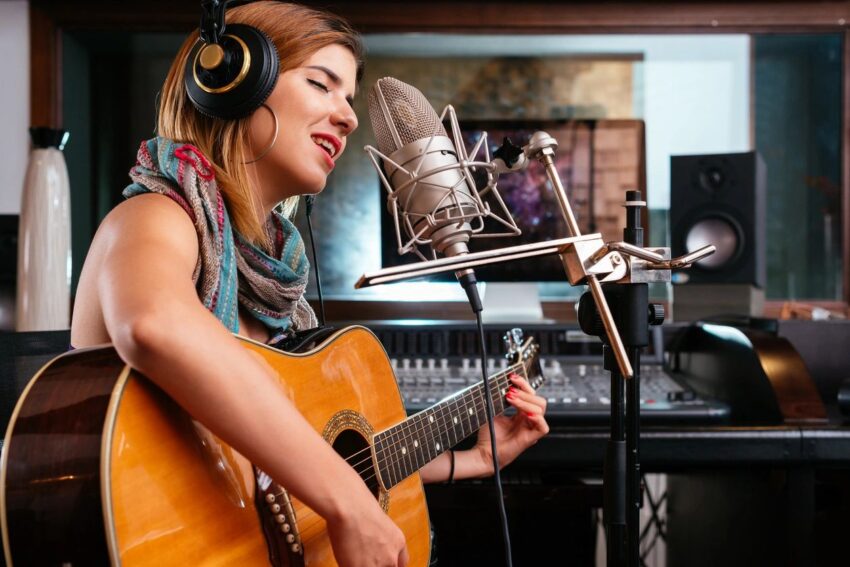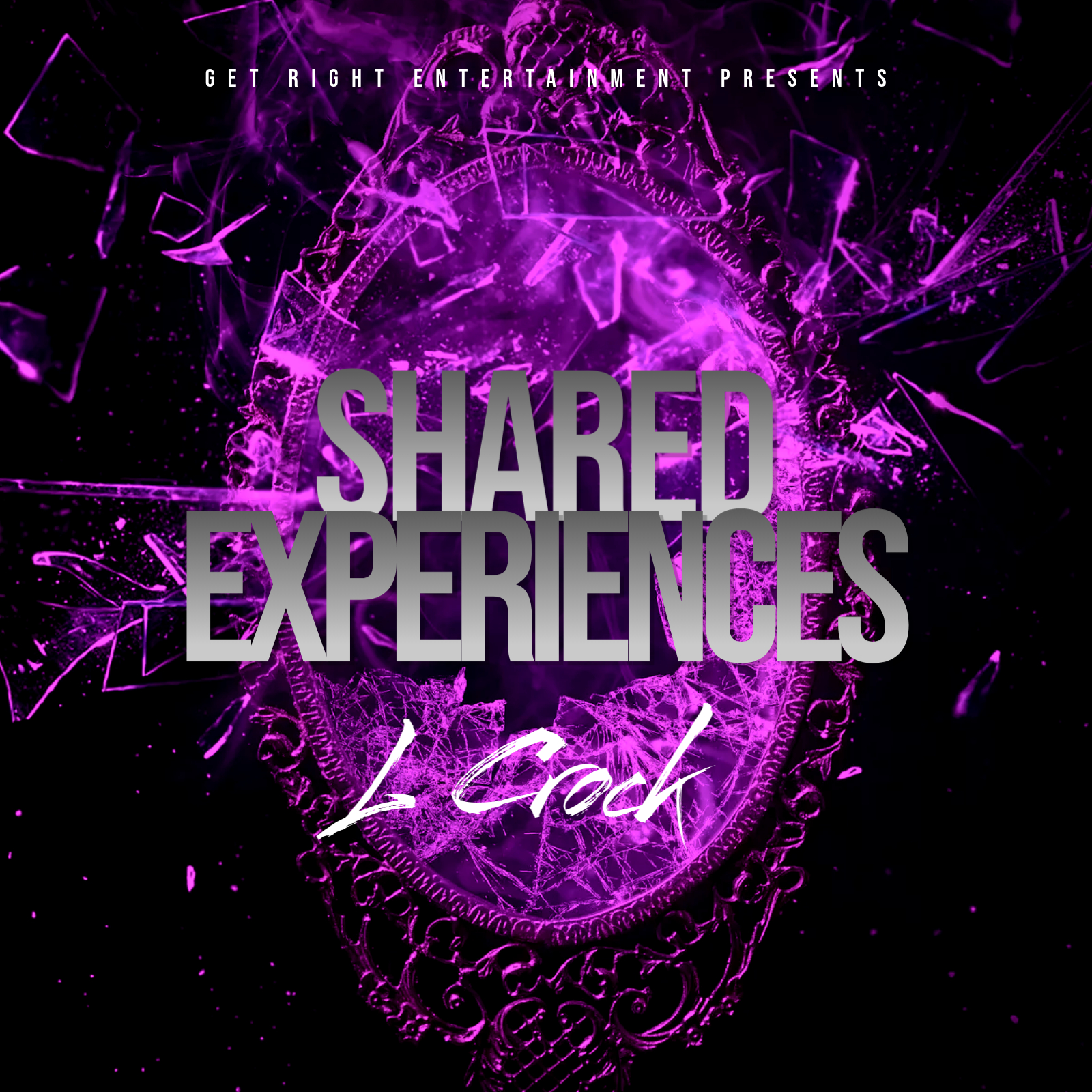Let’s face it: making music is expensive. From headphones to virtual synths, putting together a competent home studio is a thousand dollar affair.
And that’s barely scratching the surface. If you’re willing to spend money, you can easily splurge hundreds of dollars on a top-shelf RME audio interface, or drop a thousand bucks on studio-quality Yamaha monitors.

Luckily, there are cheaper alternatives. For every $500 Ableton, there’s also an open source DAW that costs $0.
In this handy guide, I’ll show you how you can build a home studio without spending thousands, or even hundreds of dollars.
1. DAW (Digital Audio Workstation)
The DAW is the heart of the modern music production setup. This is where you’ll record audio, create MIDI tracks, modify your sound, and fix the final mix. Practically every modern song you hear on the radio was recorded in a DAW.
Unfortunately, DAWs are also expensive. In terms of software, the DAW will usually be the single biggest purchase of your home studio setup.
Fortunately, there are free alternatives. Ardour, a free and open source DAW, has nearly all the features of professional tools. You can record, edit, and mix without spending a dime. Best of all, you can use a huge range of plugins (Ardour supports both AU and VST formats) to expand the capabilities of the software.
If you’re looking to produce music on the cheap, this should be your first choice.
2. Audio Interface
An audio interface is essentially an external soundcard. In a home studio, it serves two roles:
- Improving sound quality and reducing latency
- Providing an I/O interface for connecting speakers, headphones, keyboards, guitars, etc. to the computer
If you’re on a Mac, the latency on your built-in audio chips is usually good enough for casual recording. But on Windows, you absolutely need an audio interface to drop latency to a workable level.
Audio interfaces can range wildly in prices. You can get an affordable audio interface for beginners for under $50. You can also buy studio-grade interfaces that cost over a thousand dollars.
For most beginners, the only two things you need in your audio interface are:
- Latency below 20ms (though this also depends on your computer hardware)
- Enough I/O options to connect headphones and at least one microphone
A basic audio interface such as Behringer UM2 should be good enough if you’re just starting out. If you have a higher budget, you can opt for something like Focusrite Scarlett Solo.
3. Studio Headphones
If you’re making music, you can’t really use your consumer grade headphones.
That’s because consumer headphones are designed to enhance the listening experience, not to give you the most accurate sound possible. The built-in EQ in consumer headphones – called its “frequency response” – is usually tuned to accentuate the low end and high end.
The mids, in contrast, are ignored since most pop tracks focus on high trebles and heavy beats.
While this might make for a better listening experience, it is awful for producing music. You will never know how your tracks really sound because your consumer headphones will keep accentuating the low/high ends.
Studio headphones, on the other hand, are tuned to a “flat” frequency response. That is, they don’t accentuate any frequency band – from the bass to the treble, everything is tuned in a straight line.
This gives you a much more accurate idea of the sound.
You can get studio-grade studio headphones from Audio Technica and Sennheiser for a little over $100. But if you’re looking for ultra-affordable alternatives, look towards DJ-focused brands such as Tascam, Hercules, and OneOdio.
These entry-level headphones will set you back by under $50 (and even under $25 for some models). And while the audio quality won’t be as good as a $200 Sennheiser, they are good enough to start producing music.
4. Synthesizer
In electronic music, there are two core approaches to make music:
- Sampling, where you add a sound to a sampler
- Synthesis, where you modify a raw audio signal to produce music
Most DAWs already include built-in samplers.
For sound synthesis, however, you will usually have to look at third party alternatives.
Here’s the catch: good software synthesizers are expensive. Serum, Massive, Sylenth – all industry standards – can set you back by hundreds of dollars.
Thankfully, there are plenty of open source alternatives. A favorite is ZynAddSubFX, a free and open source software synth with the same capabilities as paid options. You can create complex sounds with it for free. And best of all, when you use it, you support the open source community.
Over to You
Setting up a basic home studio can be expensive, but it doesn’t have to be that way. As we shared above, you can get started with a simple studio setup for under $100. All you need to do is choose open source tools and buy the bare minimum in hardware to get going.

